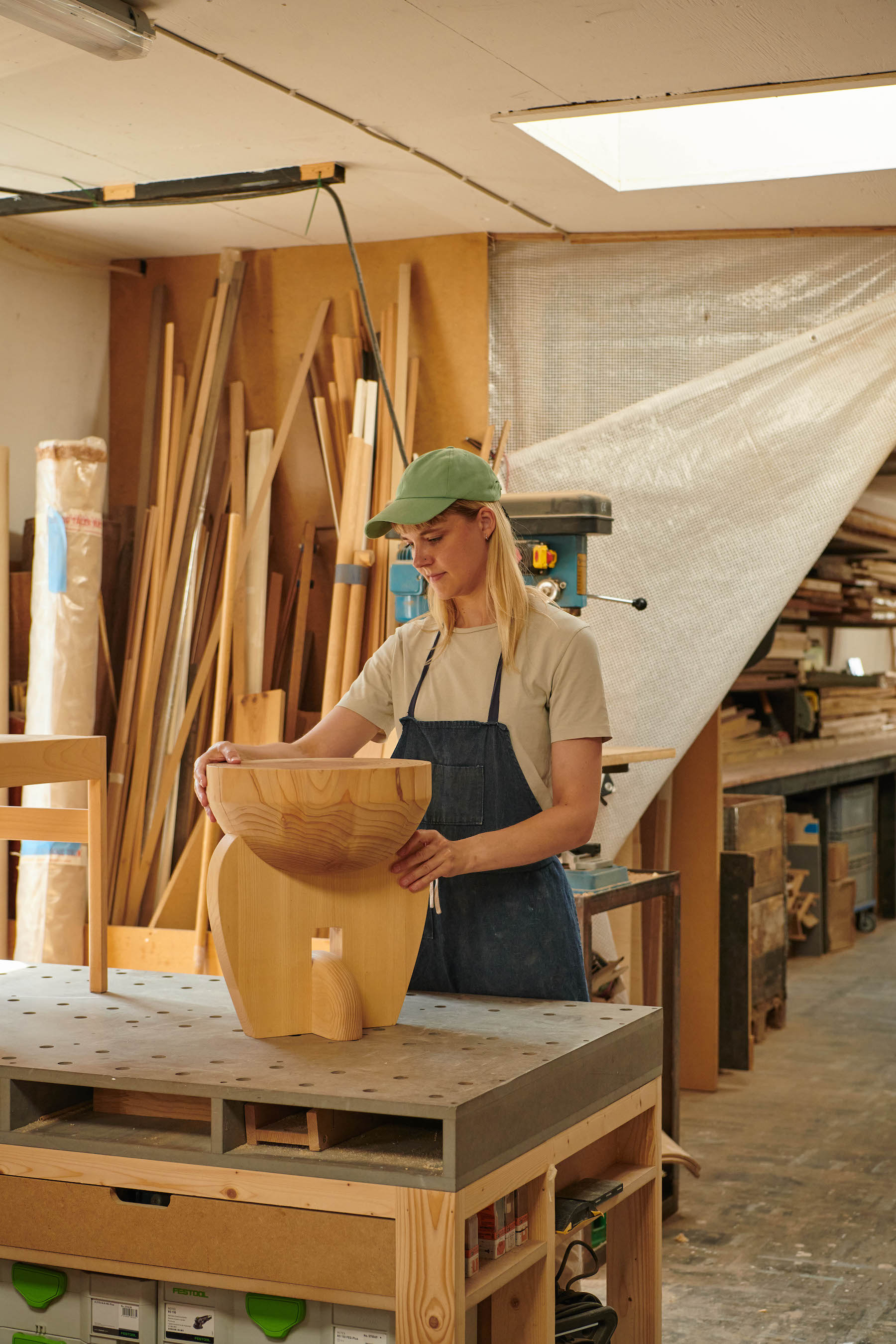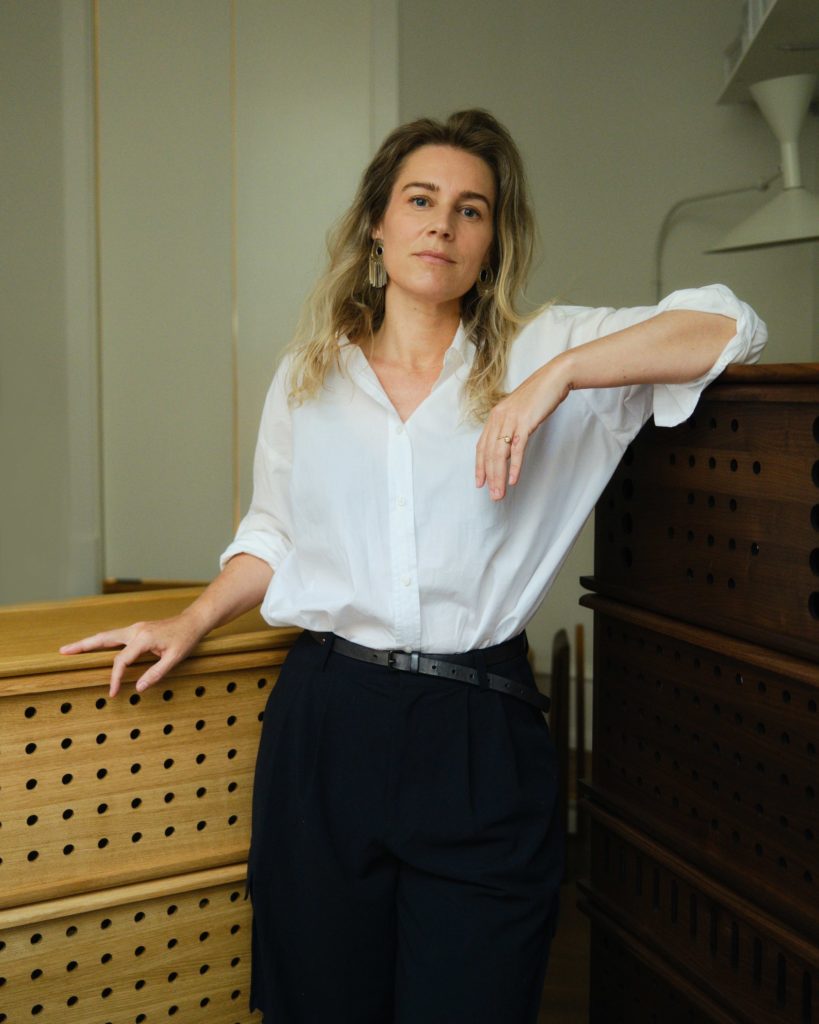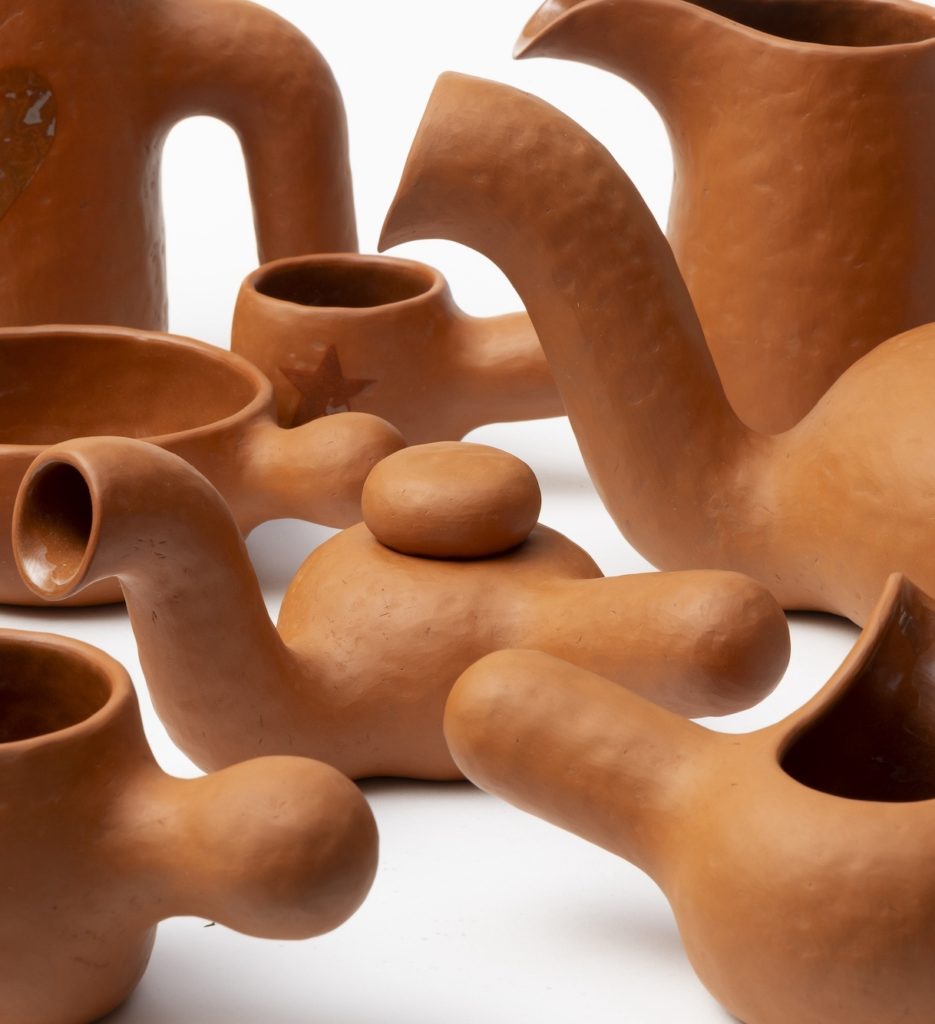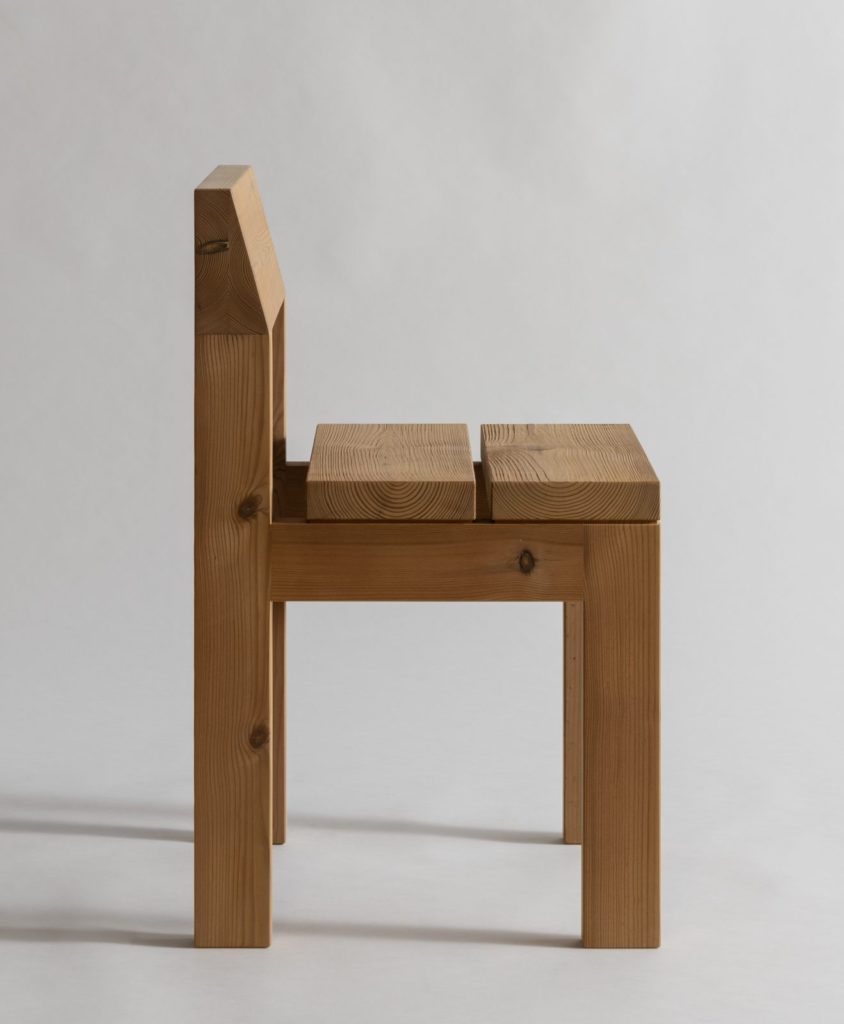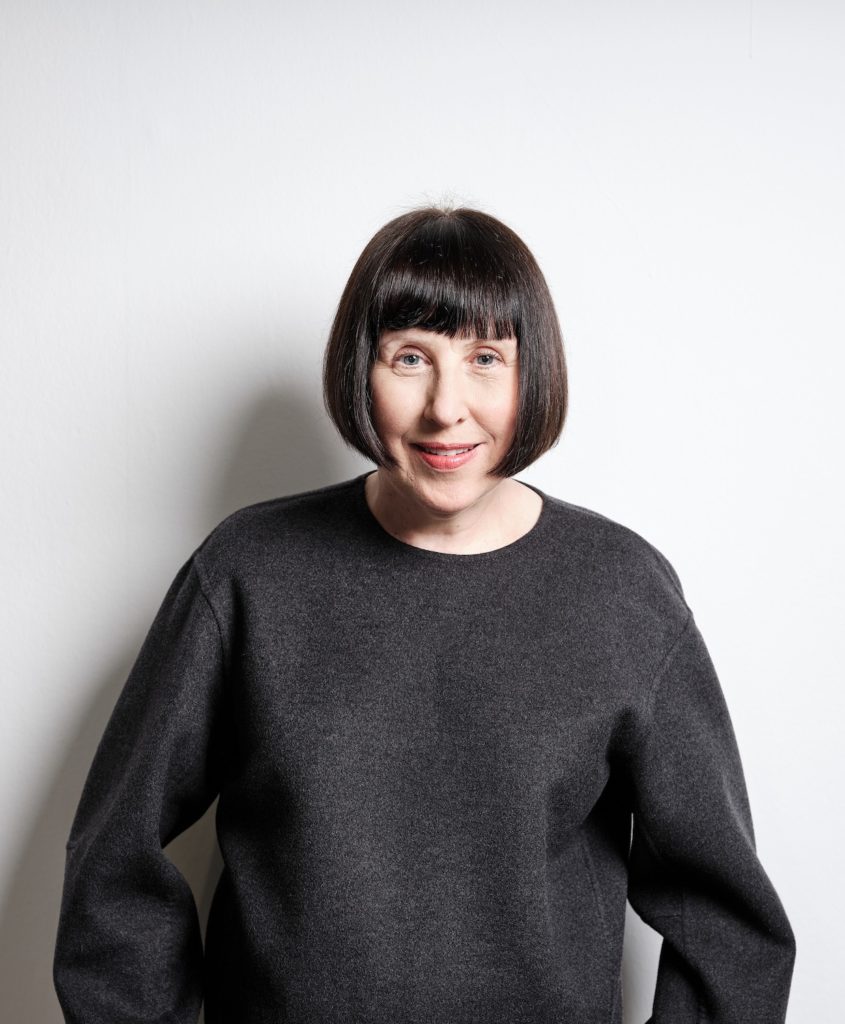Sculptural Work: Anne Brandhøj

Surrounded by sawdust and the sound of the timber lathe is where Danish designer Anne Brandhøj feels most calm. From her Søborg workshop she takes raw, wet tree stumps felled from nearby forests north of Copenhagen, dries them over months and turns them into sculptures and functional items. This slow process is built on patience, allowing Brandhøj to only uncover the true nature of each slab of timber once she starts pulling away those outer layers – revealing each knot and crack. While her process may appear introspective, Brandhøj is anything but, with a strong focus on build- ing her design community in Denmark and beyond, and working on wide ranging design projects alongside her partner Eva Fly as Bly Studio. We caught up with Brandhøj to discuss collaboration and community, and the ability of natural materials to bring people together.
Trained as a furniture designer from the Royal Danish Academy in Copenhagen, Brandhøj’s journey towards her sculptural practice was anything but straight forward. Much like the sculptures themselves, her shift from designer to craftsperson was a slow process with incremental learning curves along the way. While pieces such as Bend To Caress Me for The Mindcraft Project 2022 firmly displays a connection to her design practice through both function and form, her sculptural work has allowed Brandhøj to make new connections and grow her skill base, whilst keeping alive traditions that are slowing fading, especially within Denmark;
“Over the years I have been educating myself and teaming up with people who are constantly teaching me new things – gaining skills along the way. I enjoy this a lot as it develops myself as a designer and craftsperson. I have had trouble however, finding others like me – women working with sculpture in wood. I cant really find younger people working with lathed timber… I am afraid it may be a craft that is going to disappear.”
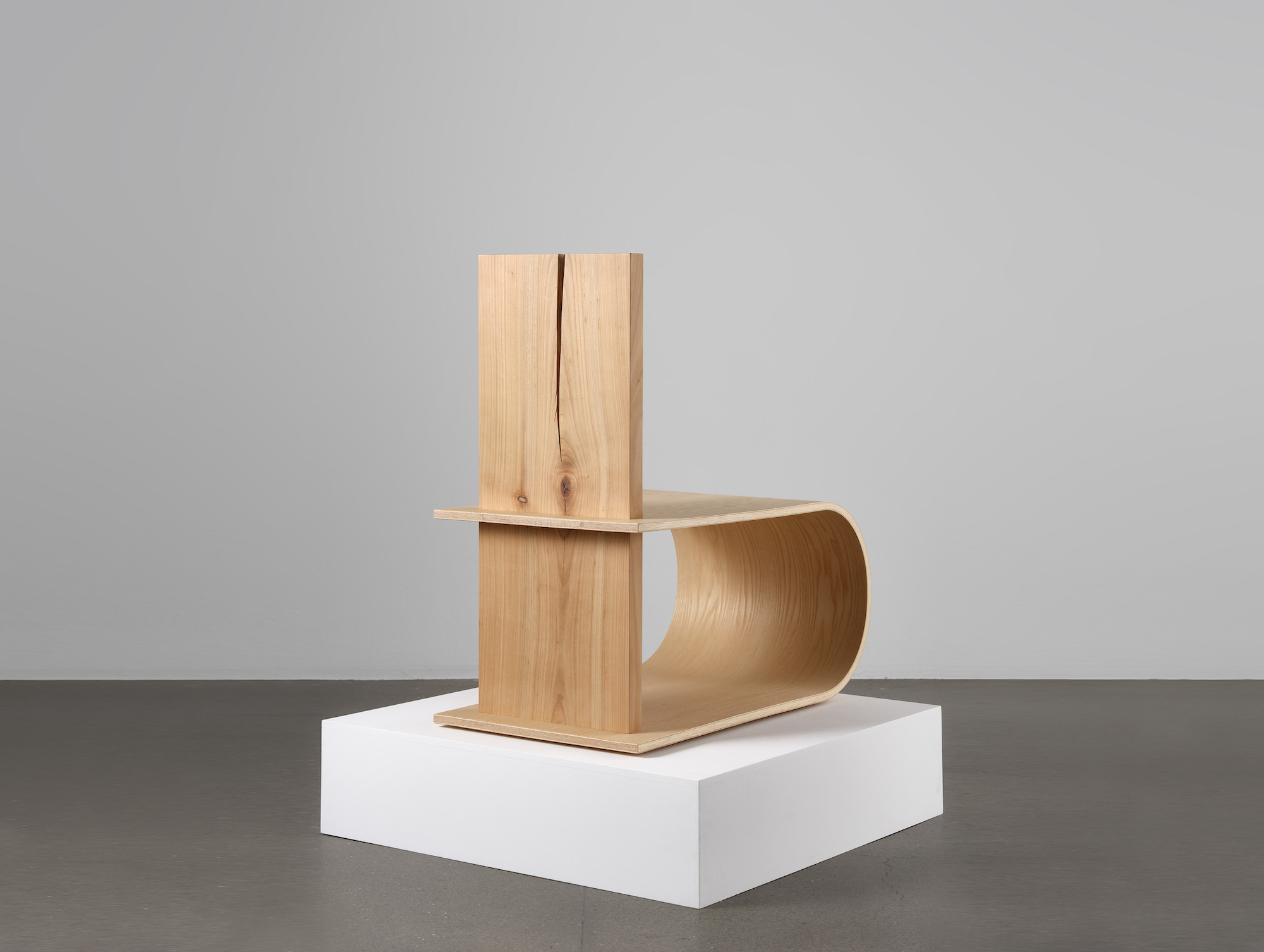
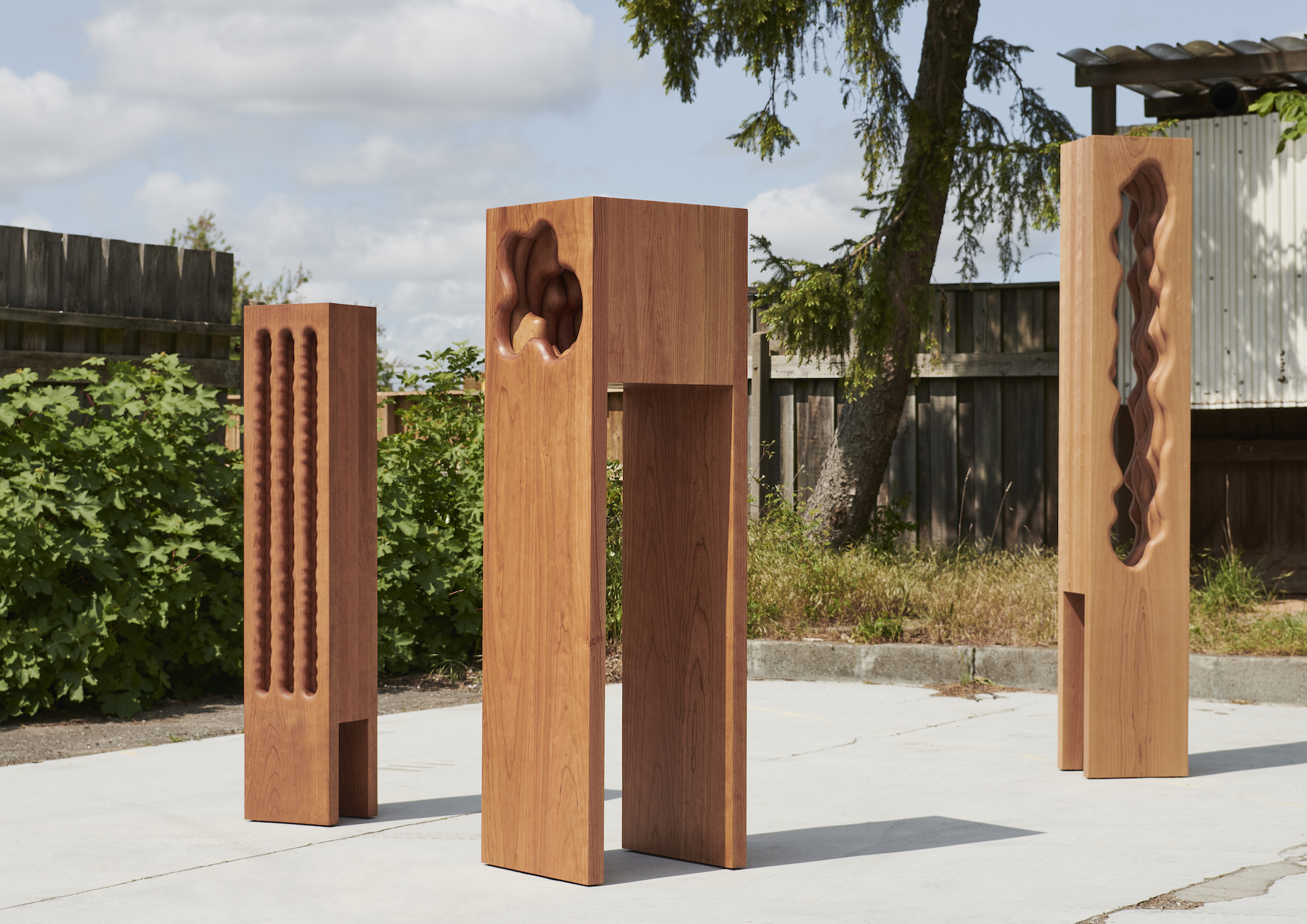
Despite this small number of like-minded craftspeople working with lathed timber, Brandhøj has always placed community at the centre of her practice. Alongside her design studio, Brandhøj is consistently part of design collectives such as Danish Design Makers, and can be seen in group exhibitions including the Danish Cabinetmakers Autumn Exhibition and The Mindcraft Project. A recent commission by Designmuseum Danmark to design and produce sculptural pieces for their internal garden provided Brandhøj with an opportunity to add another dimension of collaboration and community to her portfolio. Produced with the assistance of celebrated silversmith Kay Bojesen and his wife, Erna Bojesen’s Memorial Foundation, Brandhøj created sculptural works inspired by Kay Bojesen’s sketches – in particular his use of convex and concave circular forms.
“This commission consists of three wooden sculptures, which with their playful shapes invite children to touch and interact. The shapes of the sculptures leave it up to the imagination to spot three characters with legs and holes that may look like eyes and mouths. The intention is that the works; like Kay Bojesen’s wooden figures, should attract children, who are invited to touch the wooden surfaces, look through the holes and climb on and through the sculptures.”
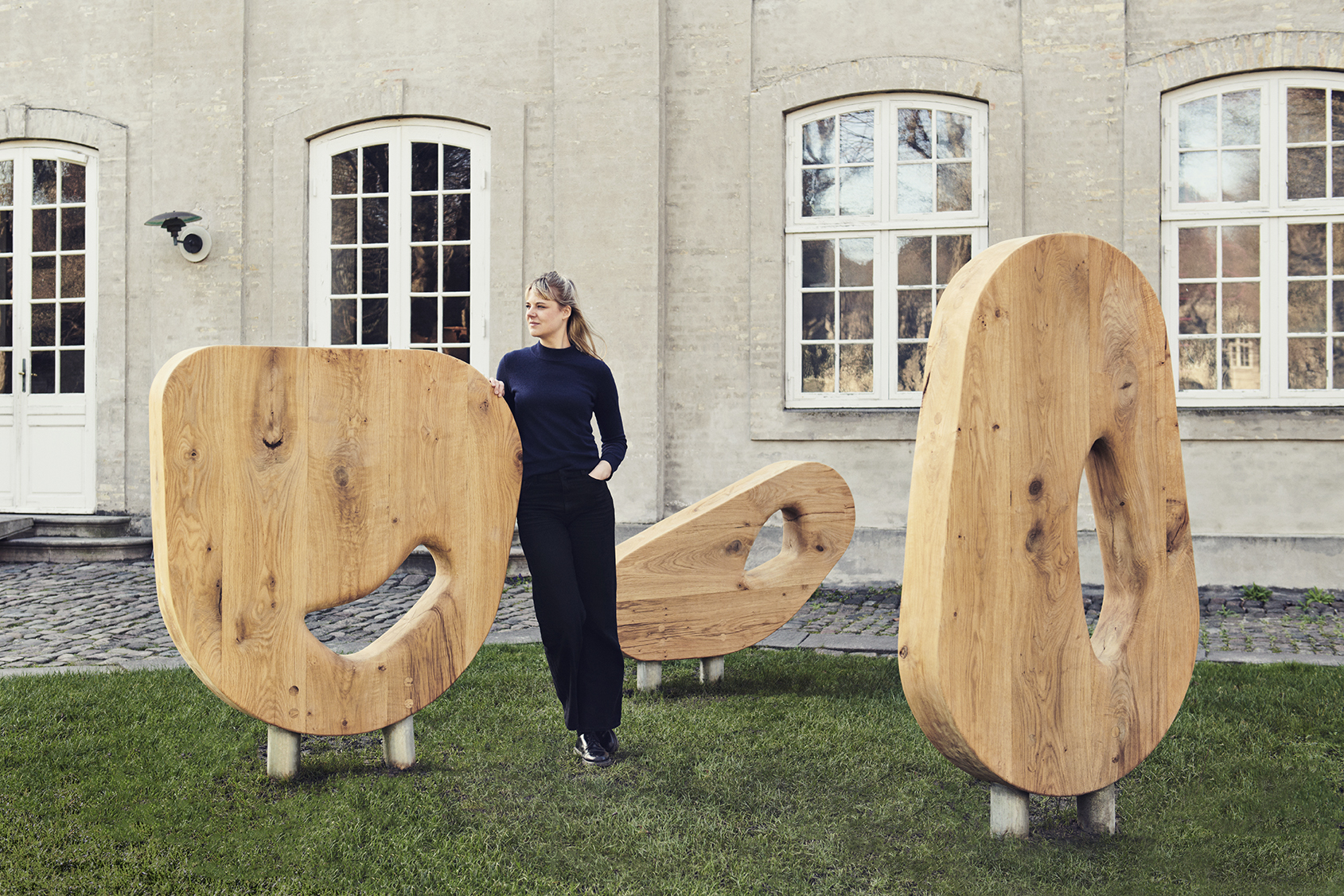
The three works now sit within the courtyard of the Designmuseum Danmark year round, inviting visitors to touch and climb the friendly trio. While the vast majority of Brandhøj’s work has been shown and displayed in gallery settings, her sculptural pieces have always been built around engaging the senses. Her pieces are solid and heavy, created to be lived with and loved, without artificial coatings or protections, just natural oil on solid wood. The big difference with this collaboration is the ability of her work to be brought into the public realm – to be enjoyed by as many as possible. This change in setting is not lost of Brandhøj – rather than being sensitive or protective of her creations, she embraces the ability of her work to take on new meanings through interactions with the public.
“What I love about doing work for public spaces is that people come closer, rather than when you see my work in a gallery with a ‘please do not touch’ sign. You can not have such protections in public spaces. People do whatever they feel like, and I enjoy that way of interacting with objects that you meet. Someone cutting “I LOVE YOU” in the wood or leaving a mark from a cigarette, adds to the story of the work.”
Time will tell in which ways these public works age and change with each individual they meet. For Brandhøj, she is hoping this commission will open even more doors to create works for public places and institutions into the future. In the meantime the mix of her material led sculptural practice, and design focused Bly Studio leaves Brandhøj with a diversity of practice that allows her to keep building skills, knowledge and most importantly community.
